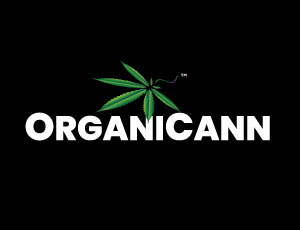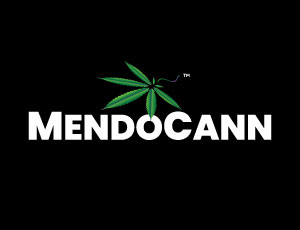What is THCA and How Does It Differ from THC?
In the age of lab results, it’s important to be able to tell the difference between the various cannabinoids and terpenes they list. If you’re confused by seeing THCA and THC on cannabis products, you’re not alone.
States that have legalized cannabis often have testing required to ensure that products are free of contaminants and harmful chemicals. They also run panels for potency and cannabinoids. Unfortunately, lab results aren’t standardized which can lead to confusion among consumers.

Tetrahydrocannabinolic acid (THCA) occurs naturally in the cannabis plant and is the precursor to THC, the psychoactive compound that makes people feel euphoria and other sensations associated with feeling “high.” It converts to THC when heated.
So, what does it mean when you see a product that says 24% THCA and 2% THC? What it really means is that the laboratory used a testing method called liquid chromatography which separates the compounds in cannabis for analysis at room temperature instead of heat.

What it means for you, the consumer, is that you’ll need to do some math to find out the true THC content of a particular product.
Here’s the formula, go nuts! THCtotal = (%THCA) x 0.877 + (%THC)
Or you can just sort of average it out – take approximately 15% off the THCA figure and then add the THC percentage. In the above fictional strain, 15% of 24 is around 3.5 then add the 2% THC for a sum of 22.5% % THC in total for the strain. Annoying, isn’t it?

You’re most likely to see THCA listed on edibles but it can appear on any result from labs using this method for analysis. If you’re not seeing THCA, then the lab most likely used gas chromatography which isn’t able to separate the two compounds from each other. If you only see a THC percentage, that should be the true total for that strain.


